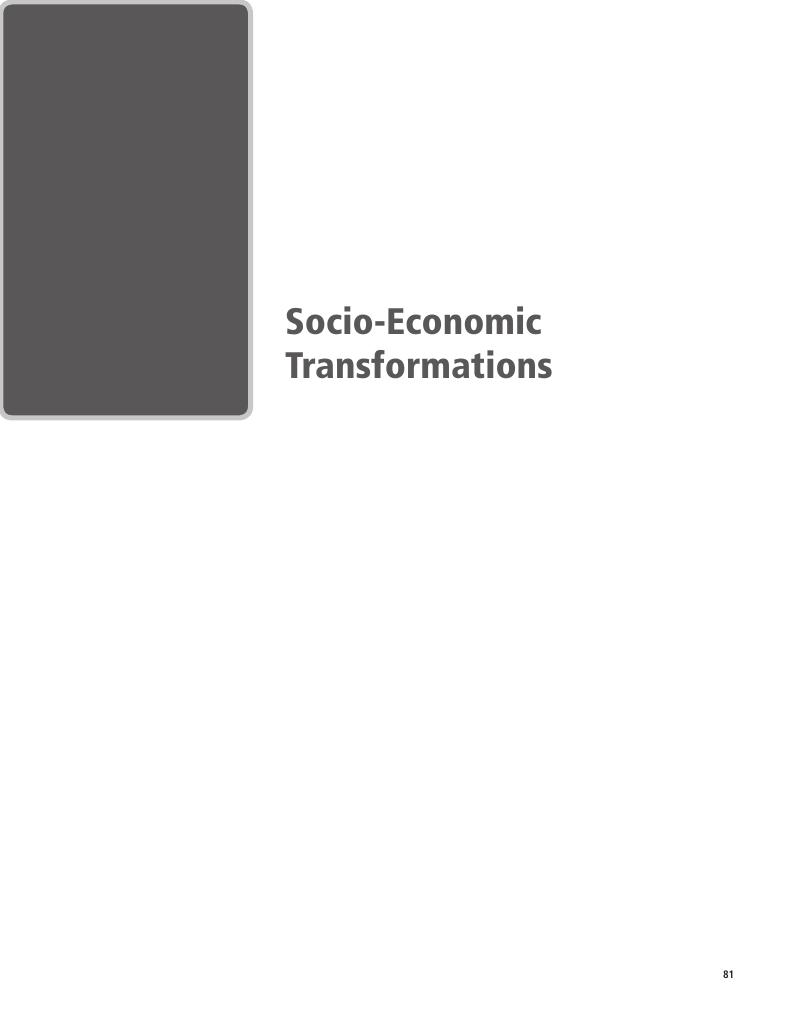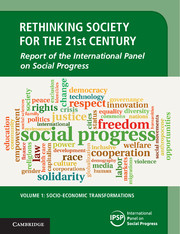Watts, N.,
Adger, W.N., P. Agnolucci, J. Blackstock, P. Byass, W. Cai, S. Chaytor, T. Colbourn, M. Collins, A. Cooper, P. Cox, J. Depledge, P. Drummond, P. Ekins, V. Galaz, D. Grace, H. Graham, M. Grubb, A. Haines, I. Hamilton, A. Hunter, X. Jiang, M. Li, I. Kelman, L. Liang, M. Lott, R. Lowe, Y. Luo, G. Mace, M. Maslin, T. Oreszcyzyn, S. Pye, T. Quinn, M. Svensdotter, S. Venevsky, K. Warner, B. Xu, J. Yang, Y. Yin, C. Yu, Q. Zhang, P. Gong, H. Montgomery, A. Costello
2015. “Health and Climate Change: Policy Responses to Protect Public Health,”
The Lancet. 386/10006: 1861–1914. Published online June 23, 2015.
http://dx.doi.org/10.1016/S0140-6736(15)60854-6 (last accessed July 11, 2015).
Google Scholar 



